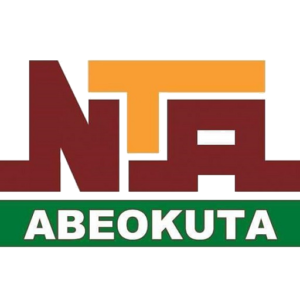Saturday 07/June/2025 – 05:31 AM
The administration of the Egyptian Museum of Tahrir announced the presentation of a wooden model for Maktit from the cemetery of Makhi, the king’s house, the director of the great house, and the holder of the seal. “He lived in the era of King Mothawat III who ruled (2019-2007 BC), and the Metropolitan Museum mission found the cemetery in 1922 AD.
The Egyptian Museum of Tahrir displays a wooden model for Maktat from Makta’s cemetery
The administration of the Egyptian Museum of Tahrir said in a statement that livestock and animals played a pivotal role in the lives of the ancient Egyptians, and it was not just a source of food and work, but rather an integral part of their religious beliefs and their rich culture, and livestock, especially cows, were of utmost importance, used to plow the land, drag the vehicles, and as a source of meat and dairy products.




Cows in ancient Egypt
The administration of the Egyptian Museum in Tahrir indicated that the cows were specially revered.
It is noteworthy that wild animals also had a special place in ancient Egypt, and they portrayed black as symbols of strength and courage, and perhaps used in hunting or as pets sometimes for the elite, while dogs and cats were loyal comrades for the human being, and cats played an important role in protecting homes and stores from rodents, and perhaps their relationship with humans has evolved to become a sacred animal, so the goddess was Bastit (fertility goddess and home) depicted in the form of a cat or a woman with a cat head.






